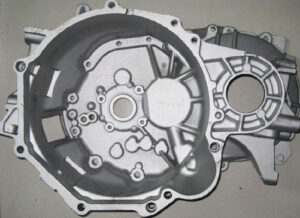Pros and cons of Die castings
Advantage
The advantages of die casting include excellent dimensional accuracy of castings. Usually this depends on the casting material. The typical value is 0.1 mm for the initial 2.5 cm size, and 0.002 mm for each additional cm. Compared with other casting processes, its casting surface is smooth, and the fillet radius is about 1-2.5 microns. Compared to sandbox or permanent mold casting methods, castings with a wall thickness of approximately 0.75 mm can be produced. It can directly cast internal structures, such as wire sleeves, heating elements, and high-strength bearing surfaces. Other advantages include its ability to reduce or avoid secondary machining, fast production speed, casting tensile strength of up to 415 MPa, and the ability to cast high-fluidity metals.
Shortcoming
The biggest disadvantage of die casting is its high cost. Casting equipment, molds, and mold-related components are relatively expensive compared to other casting methods. Therefore, it is more economical to produce a large number of products when manufacturing die castings. Other disadvantages include: this process is only suitable for metals with high fluidity, and the casting quality must be between 30 grams and 10 kilograms [5]. In normal die casting, the last batch of castings always has porosity. Therefore, no heat treatment or welding can be performed, because the gas in the gap will expand under the action of heat, resulting in internal micro-defects and surface peeling.







